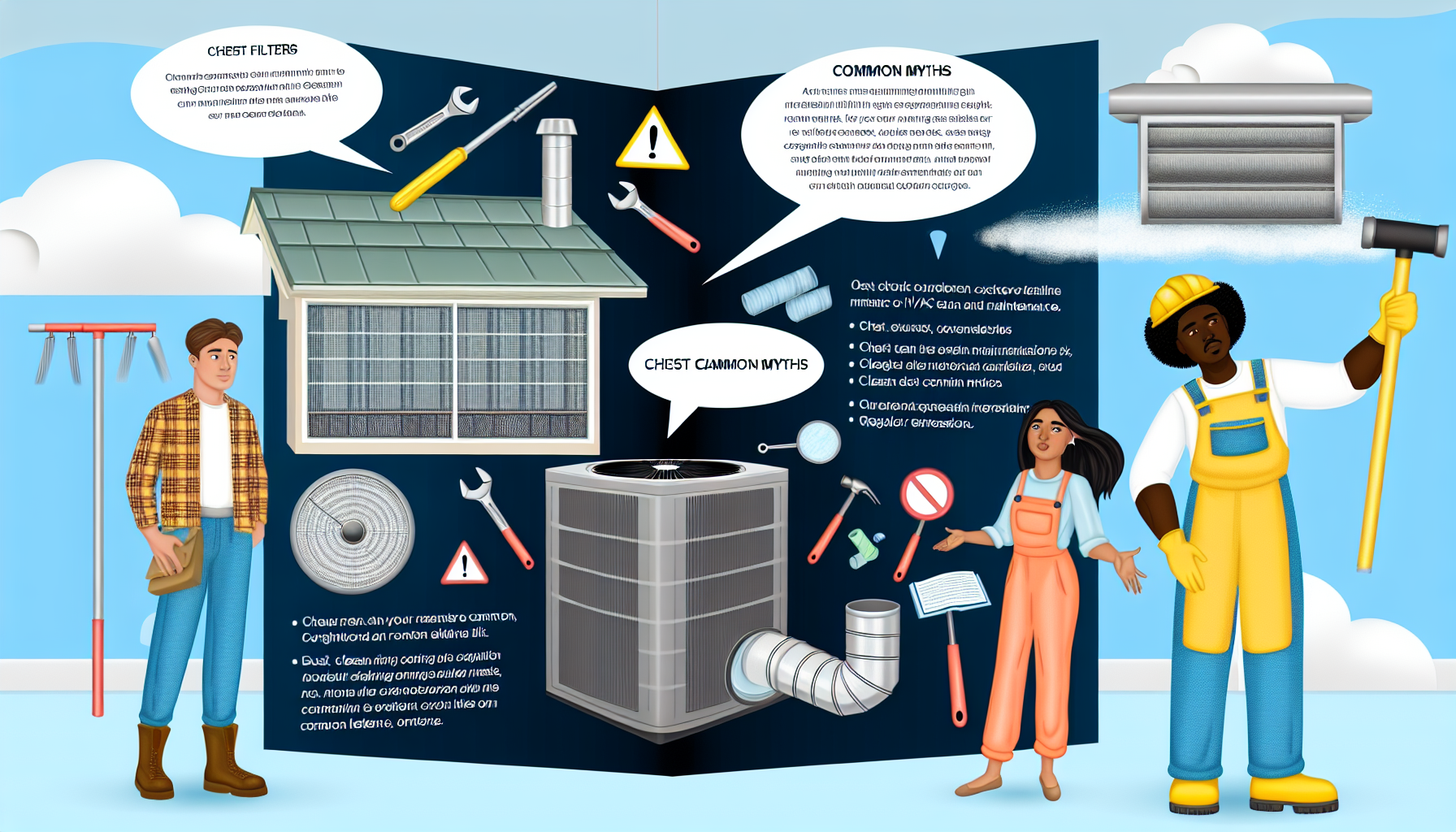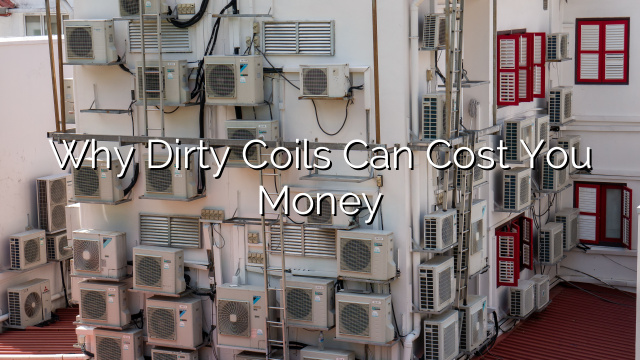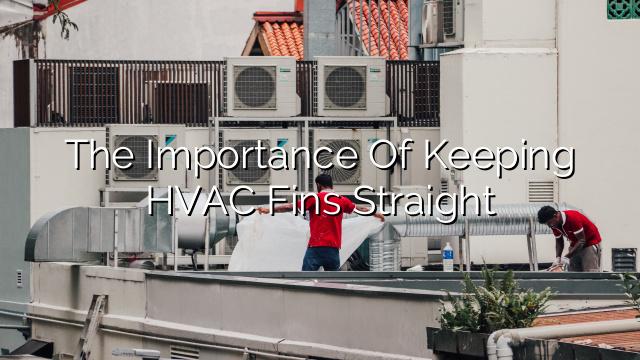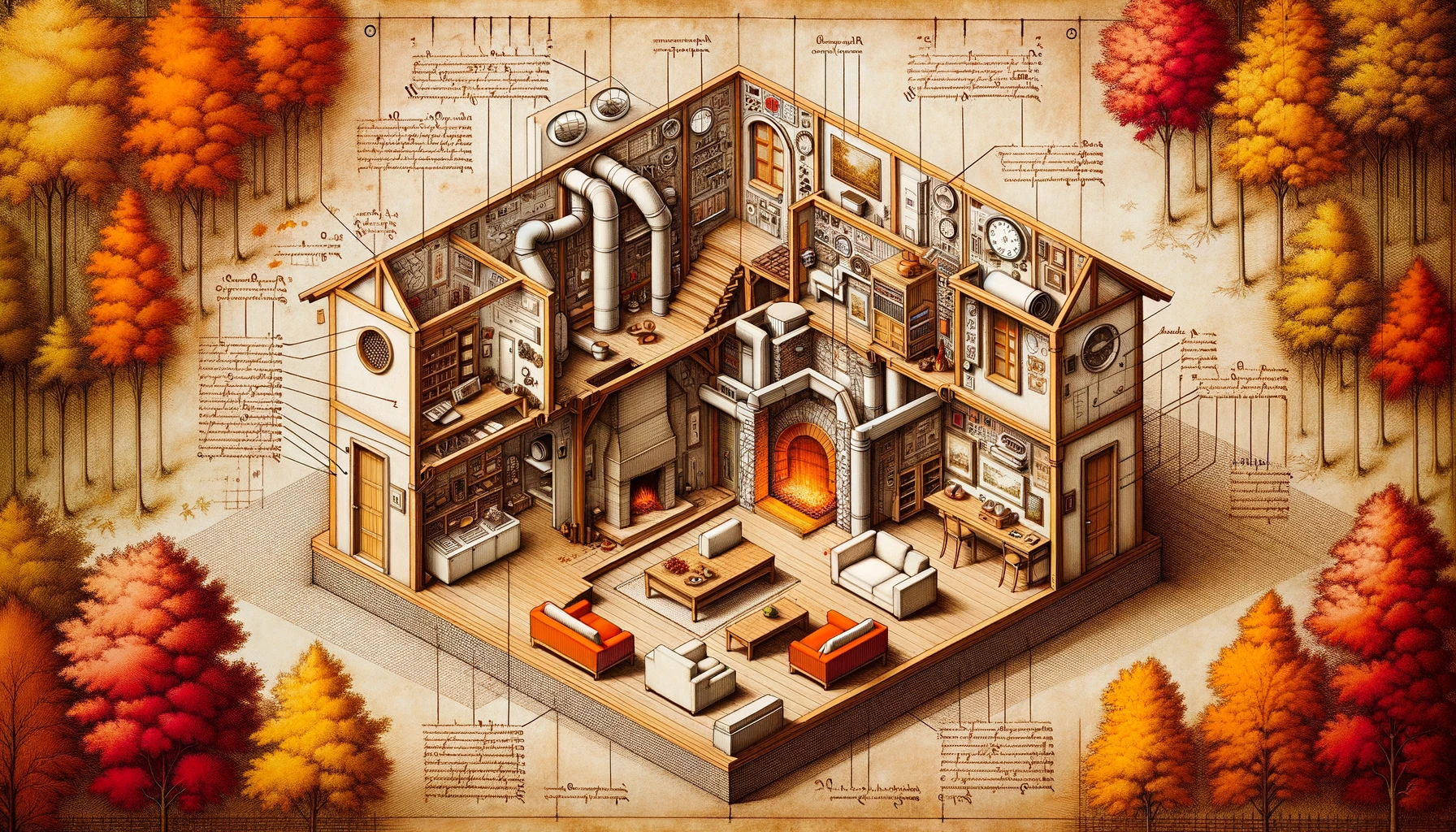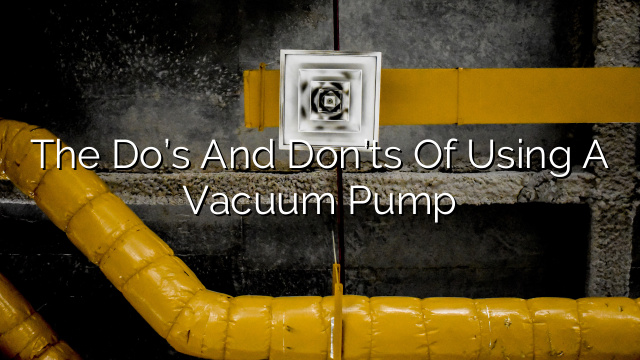Innovating HVAC Maintenance: Tools and Strategies for Effective Cleaning
Heating, Ventilation, and Air Conditioning (HVAC) systems are essential components of modern buildings, ensuring comfortable indoor environments for residents and workers alike. Proper maintenance of these systems is critical for their efficient operation, healthy indoor air quality, and the longevity of the equipment. This post delves into the latest innovative tools and cleaning strategies that can help maintain HVAC systems safely and effectively.
Fundamentals of HVAC Maintenance
Maintenance of HVAC systems typically involves regular cleaning, inspection, and repairs. This process prevents the accumulation of dust and debris, ensures efficient functioning, and detects potential issues before they escalate into larger problems. It further ensures that your systems meet industry standards for performance and safety.
Advanced Tools for HVAC Efficiency
With technology advancing, newer and more efficient tools for HVAC maintenance have emerged. These tools are designed to improve the effectiveness of cleaning and maintenance tasks while ensuring the safety of technicians.
- Inspection Cameras: Inspection cameras or borescopes can give technicians a closer look into the inner workings of the ducts without the need for dismantling. Great for spotting blockages, mold, and other issues.
- Rodent and Leak Detector Systems: These systems help in locating leaks or presence of pests within ducts, which can significantly reduce efficiency and air quality.
- Automatic Duct Cleaners: These robotic devices can travel through ducts, providing thorough cleaning with minimal manual effort.
- Smart HVAC Analysis Tools: Smart tools that connect with mobile devices can provide real-time data on airflow, temperature, and system performance to assist in proactive maintenance.
- UV-C Cleaning Systems: Ultraviolet-C light is used in HVAC systems to kill bacteria, viruses, and other microbes to ensure a healthier air output.
Innovative Cleaning Strategies for HVAC Health
Cleaning an HVAC system is more than just changing a filter. Incorporating innovative strategies can enhance cleaning practices significantly.
- Implement a Preventative Maintenance Schedule: Routine checks and cleanings prevent issues from developing into costly repairs.
- Use Environmentally Friendly Cleaning Agents: Harsh chemicals can be damaging. Select cleaning solutions that are effective yet safe for the environment and the system itself.
- Adopt Agile Cleaning Approaches: Flexible strategies that can adapt to the unique layout and condition of every HVAC system ensure thorough cleaning.
- Focus on Whole-System Health: A holistic approach ensures every component, from the filters to the ducts, is properly maintained.
- Consider Energy Recovery Ventilators (ERVs): These systems help in maintaining optimal humidity and temperature while bringing fresh air from outside, reducing the load on the HVAC system.
Safety Guidelines for HVAC Maintenance
Safety should always be a top priority when conducting HVAC maintenance. Here’s how to stay safe during the process:
- Educate on Safety Procedures: Technicians should be well-versed in safety protocols, such as power shut-off procedures and proper handling of tools.
- Use Personal Protective Equipment (PPE): PPE like gloves, masks, and eye protection is essential to protect against harmful contaminants.
- Understand Chemical Use: Knowing the proper use and potential risks associated with cleaning chemicals is crucial for safe handling.
- Regular Safety Training: Ongoing training sessions help in keeping safety knowledge current among technicians.
- Ensure Proper Ventilation: When using any chemicals, ensure the area is well-ventilated to prevent inhalation of toxic fumes.
Impact of Clean HVAC Systems on Indoor Air Quality
Clean HVAC systems play a prominent role in ensuring high indoor air quality, which directly affects the health and comfort of the occupants. A well-maintained system filters out pollutants, allergens, and microorganisms, leading to a cleaner, healthier living or working environment.
FAQ Section
How often should HVAC systems be cleaned and inspected?
It is generally recommended to have HVAC systems inspected by professionals at least once a year. However, certain components, like filters, may need more frequent attention depending on the system and usage.
Can innovative cleaning tools and strategies really make a difference?
Yes, innovative tools and methods can significantly improve the efficiency and effectiveness of HVAC maintenance, leading to better system performance and air quality. They also enhance safety for the technicians performing the maintenance tasks.
What are the signs that an HVAC system needs cleaning?
Signs that an HVAC system needs cleaning include unusual noises, decreased airflow, foul odors, increased energy bills, or visible dust accumulation. It’s also important to note how long it has been since the last cleaning session.
Are there any specific innovations for residential HVAC systems?
Technological advancements such as smart thermostats—which allow for greater control over home HVAC systems—and home-oriented air purifiers with HEPA filters or UV-C light can be particularly innovative for residential settings.
Is it safe to clean HVAC systems on your own, or should you always hire a professional?
While basic maintenance like changing filters can often be done by homeowners, it is generally safer and more effective to hire professionals for thorough cleaning and servicing of HVAC systems to avoid damage to the system or injury to oneself.





